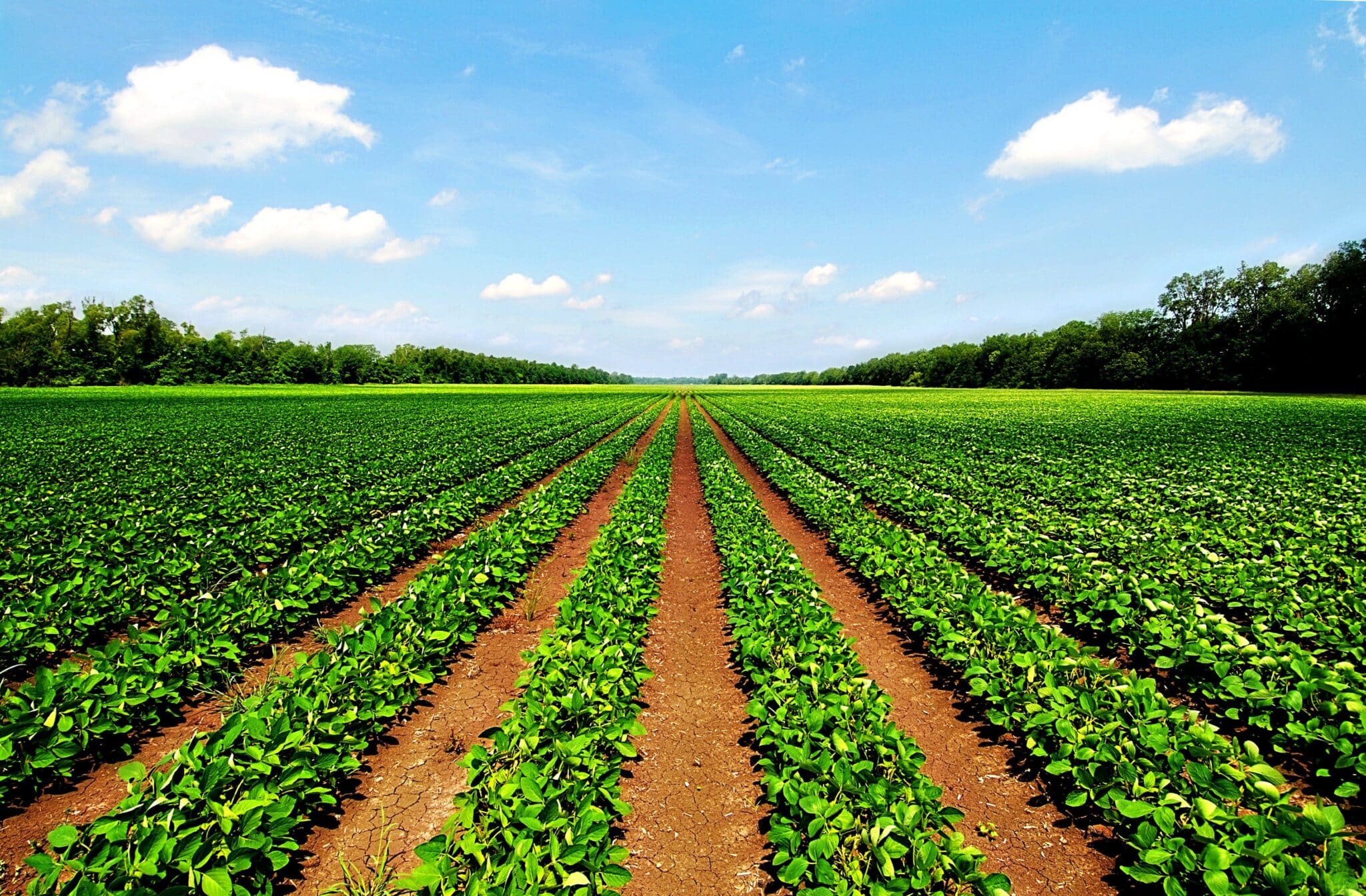Was Traditional Agriculture Beneficial?

Ever wondered if there’s something to be learned from the past about farming? If methods of traditional agriculture hold any secrets to sustainable and productive farming? Traditional agriculture, often overshadowed by modern techniques, actually has a wealth of knowledge that can be revisited. Let's delve into whether traditional methods have any value and if they can help guide the future of sustainable farming.
Understanding Historic Agriculture Methods
Traditional agriculture is a term that broadly encompasses ancient and early modern farming techniques that have been passed down through generations. These methods, often seen as antiquated, were pivotal in shaping our current agricultural landscape. Farmers of yesteryears relied on the land's natural fertility, traditional farming tools, and agrarian practices that were sustainable over long periods. So, what made these historic agriculture methods so impactful?
Why was agriculture good: Insights into Past Agriculture Successes
The Balance of Ecosystem
Traditional agriculture often involved farming techniques returned that were in harmony with nature. This included practices like crop rotation, intercropping, and integrated pest management. These methods ensured that the land remained fertile and less polluted, unlike the heavy reliance on chemical fertilizers and pesticides today. For instance, intercropping—growing multiple crops together—helped in natural pest control and maximizing nutrient use. Cultivators of the past were essentially master gardeners who understood the delicate balance of nature.
The Skills and Knowledge
The know-how of traditional farming lies in the hands-on experience and deep understanding of environmental cues. Farmers would read the weather by the clouds, the soil by its texture, and even use lunar cycles to decide planting dates. This intimate connection with the land is a skill set rarely found today. It's like having a complex GPS system implanted in one’s mind versus using a smartphone app. Today, we often rely on technology for these tasks, but can we say it is better?
Agricultural Impact on Sustainability
Sustainability is a buzzword today, but it was a way of life centuries ago. Traditional agriculture, by necessity, was sustainable. The methods used ensured long-term viability without damaging the environment. The agricultural impact today is often criticized for its unsustainable practices, like over-tilling and chemical overuse, which can deplete soil quality and harm biodiversity. Looking back at traditional methods can provide clues on how to maintain productive soils and a healthier ecosystem.
The Challenges and Benefits
The methods of traditional agriculture were not perfect and often faced significant challenges, such as limited tools and knowledge of diseases. However, there were clear benefits that made traditional farming resilient. For instance, traditional farmers often used animal manure and compost to enrich the soil, a practice that today is gaining traction under the guise of organic farming. This shows that many farming techniques returned to modern practices. Peasant farmers used "mulching," which involved using plant residues and organic materials to protect the soil. Sound familiar?
Another fascinating aspect is the community aspect of traditional farming. The village spirit was instrumental in many agriculture practices. Neighbors helped each other during harvests or when a family was in need. This sense of community is largely lost today, where farming is often a solitary or corporate venture. By embracing some of these communal practices, perhaps we can strengthen agricultural sustainability.
Comparing the Agricultural Impact Today
The Efficiency of Modern vs. Traditional Methods
Modern agriculture has indeed made huge strides in efficiency. We have GMOs, precision farming, and advanced irrigation systems that allow for greater yields in less time. But at what cost? The agricultural impact has led to environmental degradation, soil erosion, and a reliance on chemical fertilizers that can harm both the environment and human health. Traditional farming, while less efficient in terms of yield, had a significantly lower environmental footprint, impacting sustainability positively. Nature, it seems, favored slow and steady over fast and forceful.
The Conclusion: Embracing Ancient Wisdom
Were the traditional methods good? The answer lies in recognizing the blend. Traditional agriculture had its drawbacks, but its successes in sustainability and harmony with nature provide valuable lessons that can be incorporated into modern farming. The methods of traditional agriculture, with their deep connection to the land and community, can guide us towards a more sustainable future. Modern farming efficiency should not come at the cost of Mother Earth’s health. It is like having a futuristic car that’s fast but extremely hard on the environment. The goal should be a fusion—using the best from both worlds—to ensure a healthier, more sustainable future.
Call to Action
If you found this exploration into traditional agriculture beneficial, click below to dive deeper into the fascinating world of historic farming methods and their modern relevance. Join the conversation and share your thoughts on whether traditional agriculture had the answers to our current farming challenges.
0 Response to " Was Traditional Agriculture Beneficial?"
Post a Comment